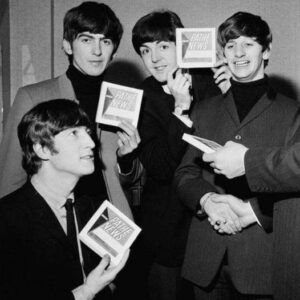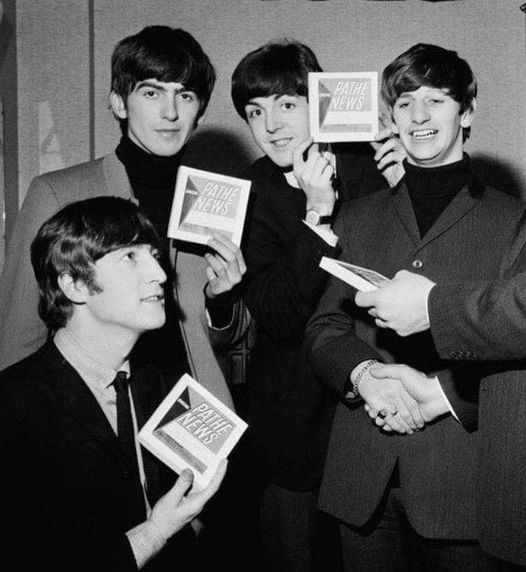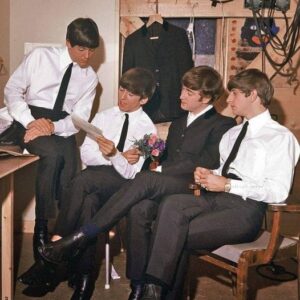“Within You Without You” is a profoundly introspective and spiritually-infused track from The Beatles’ seminal 1967 album, Sgt. Pepper’s Lonely Hearts Club Band. Composed and performed primarily by George Harrison, the song represents a significant departure from the band’s more conventional pop and rock sound, delving into the realms of Indian classical music and Eastern philosophy.
The track’s musical foundation is built upon a droning, sitar-driven melody that creates a sense of timelessness and meditation. This hypnotic, modal structure, combined with the use of traditional Indian instrumentation such as the tambura and tabla, transports the listener to a realm of contemplation and inner reflection.
Lyrically, “Within You Without You” grapples with the fundamental questions of human existence, exploring themes of self-awareness, the nature of reality, and the interconnectedness of all things. The lyrics are imbued with a sense of spiritual wisdom and universal truths, drawing inspiration from Harrison’s own fascination with Hinduism and the teachings of Indian spiritual leaders.



















